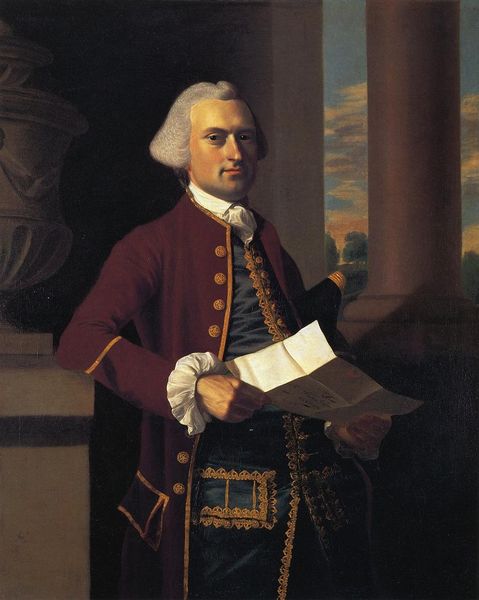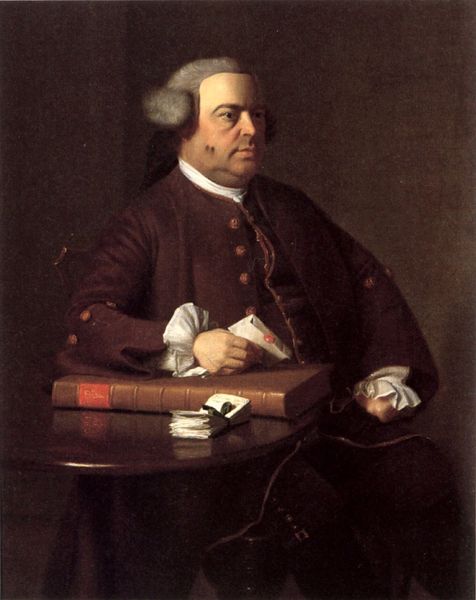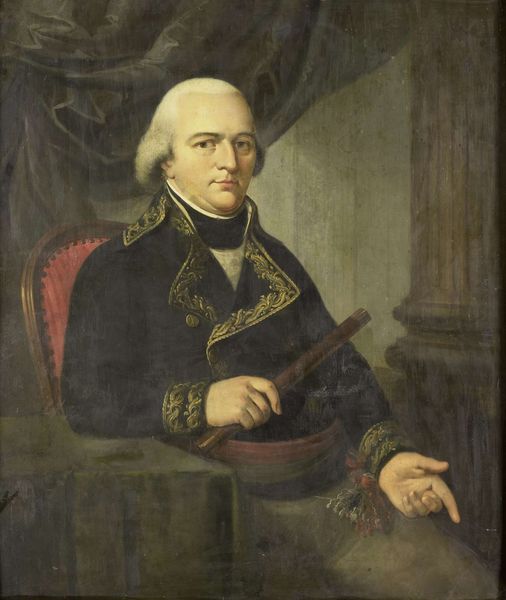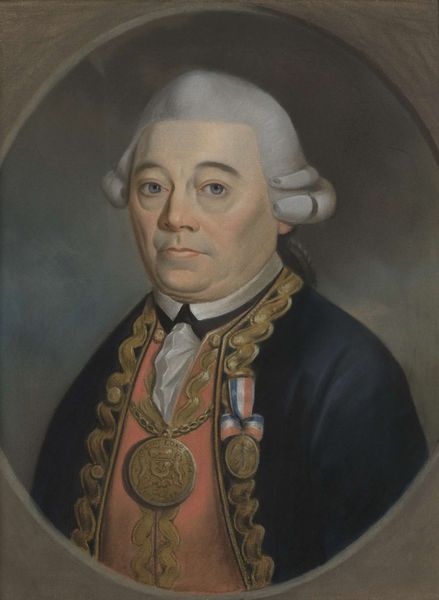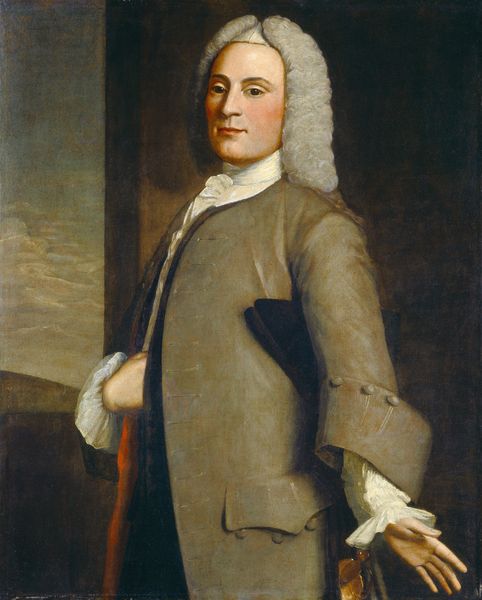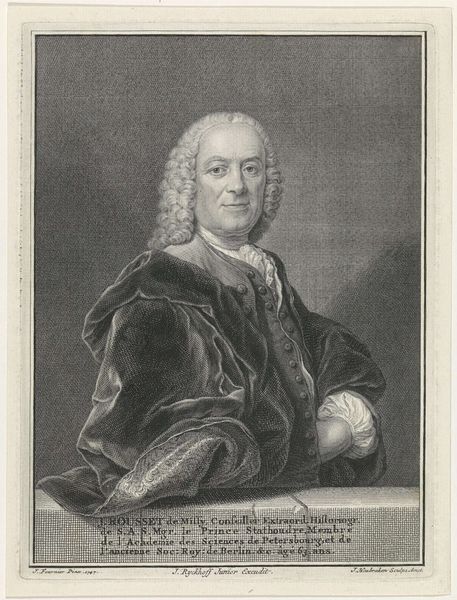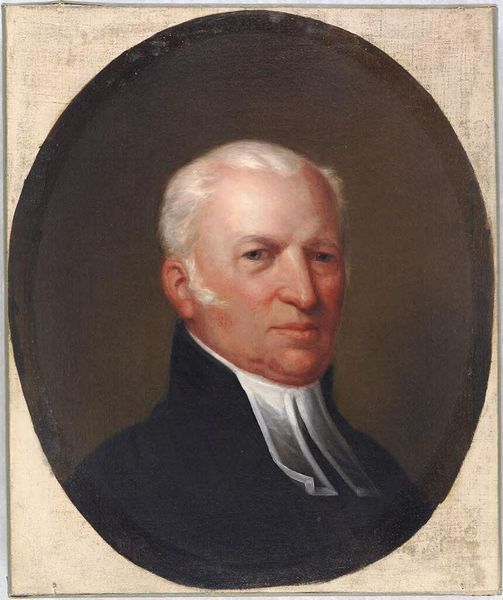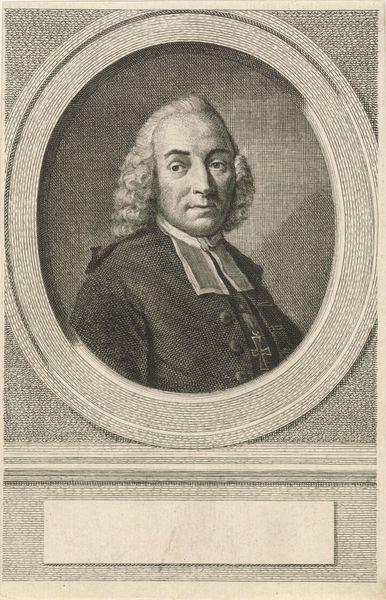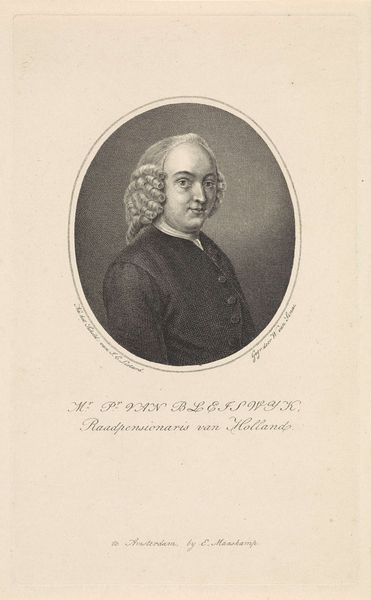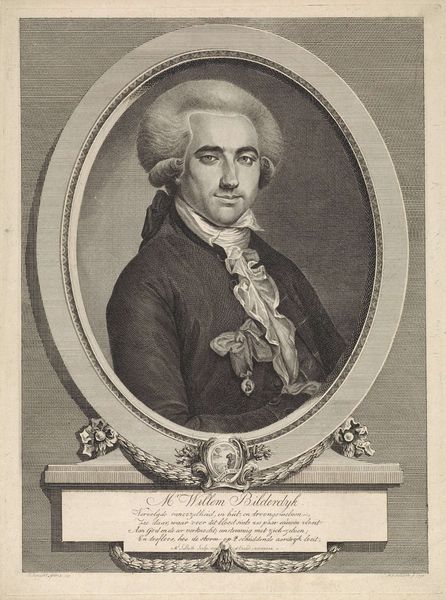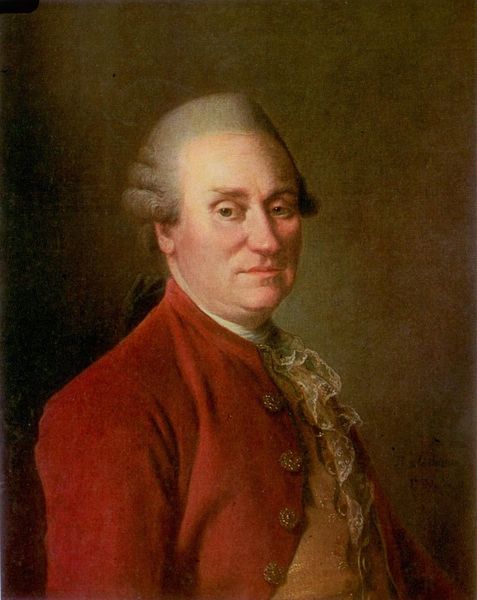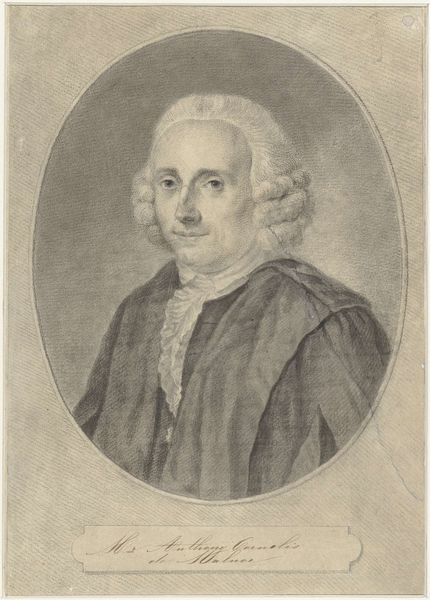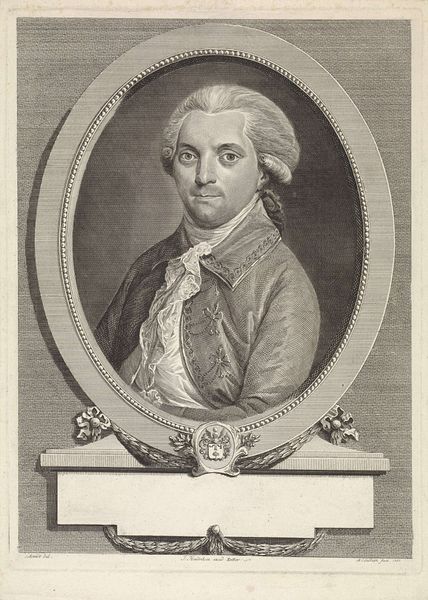
painting, oil-paint
#
portrait
#
neoclacissism
#
portrait
#
painting
#
oil-paint
#
history-painting
#
academic-art
Dimensions: 63.7 x 76.3 cm
Copyright: Public domain
Curator: Here we have John Singleton Copley's 1773 portrait of John Hancock, currently held in the collection of the Massachusetts Historical Society. Hancock looks almost… smug. Don’t you think? Editor: I’d say more composed than smug. The meticulous brushwork gives his face a certain gravity. Notice how the artist captures the texture of his powdered wig, the fine lines around his eyes... it’s a study in restrained elegance. Curator: Restrained, perhaps, but consider the context. This was painted in 1773, amidst rising tensions between the colonies and Britain. Hancock, a wealthy merchant and smuggler, was a key figure in the burgeoning revolutionary movement. This isn't merely a portrait; it’s a statement of power and defiance in the face of imperial authority. Editor: You read the defiance, I see the calculated self-presentation. Copley clearly manipulates light to emphasize the opulence of Hancock's attire. The dark blue coat is meticulously embroidered with gold, drawing the eye upward to his face, framed by the stark white wig and collar. This visual architecture creates an immediate sense of authority. Curator: Agreed, Copley uses visual cues to project authority, but this portrait isn't just about aesthetics. Consider the subtext: Hancock’s wealth, so conspicuously displayed, derived from challenging British trade laws. The portrait, therefore, embodies resistance through material means, showcasing an identity that is distinctly anti-establishment. How many colonists could even afford clothing of this nature? Editor: Very true. I'm captivated by Copley's almost photographic attention to detail. However, to me, the gold filigree isn’t merely indicative of defiance or subversion; it speaks to Copley's remarkable technical ability as an artist. Curator: Of course, of course, and the way Copley captures Hancock’s expression adds complexity, doesn’t it? Is that hint of a smile self-assuredness, irony, or something else entirely? Editor: The beauty, the craftsmanship, these aspects resonate independently of their historical moment. Though considering social elements definitely enriches the piece overall.
Comments
No comments
Be the first to comment and join the conversation on the ultimate creative platform.
